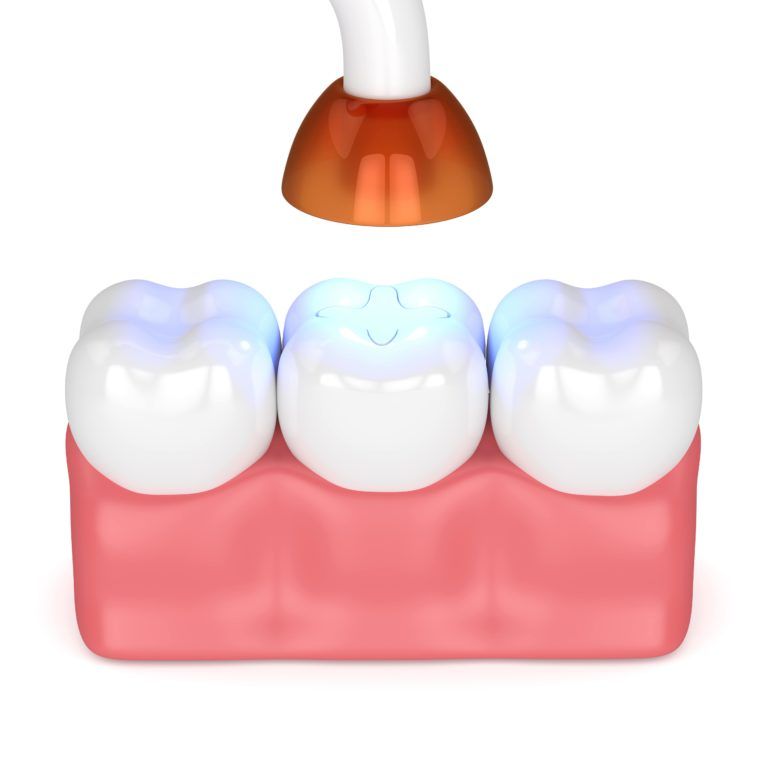What Are Composite Fillings?

Has it come time to make the choice of either composite or amalgam fillings, and you don’t really know enough to decide which is better? While the basics of these fillings are simple to understand, amalgams being made of a metal blend and composites being the combination of plastic and resin compounds, this is really just the tip of the ice berg. The disadvantages and advantages of these two forms of restoration dentistry are different, but we’ll tell you more about them in this article. Be sure to meet with your dentist to learn more as well.
Amalgam Fillings: 100 Years of Refinement
One of the benefits of amalgams is that they’ve been around for over a century. A tried and true combination of silver, copper, mercury, and tin this metal blend has stood the test of time for reliability and durability. While mercury’s reputation as a poison makes some patients somewhat hesitant, it is the magic of chemistry that renders it safe and durable when combined with the other ingredients. First available in 1895 it is a proven and safe way of treating damaged teeth in need of restoration.
How Can Amalgam Fillings Benefit You, And What Are The Drawbacks?
-
Benefits
- Affordable – Composites are less expensive than other options.
- Resilient – With a 10-15 year life span they’ve got a track record of durability.
- Trusted – With a century of use they’re a tried and true restoration method.
-
Drawbacks
- Allergy Risks – Some patients are sensitive to the materials used in amalgams.
- Noticeable – The composition of the filling makes it stand out against natural enamel.
How Can Resin Fillings Benefit You, And What Are The Drawbacks?
After amalgam fillings had reigned supreme for nearly 70 years a new player entered the field, composite fillings. Made of a combination of ceramic compounds with a plastic blend they perfectly mimic the semi-translucent appearance of natural teeth, making them an aesthetically pleasing choice for those concerned with their appearance.
- Benefits
- Subtle – Composite fillings are visually very subtle, difficult to spot if you don’t know what you’re looking for.
- Resilient Attachment – They attach to the material of the teeth easily, making them sure to last a lifetime.
- Easy to Repair – Unlike amalgams that have to be replaced when they get damaged, composite fillings are easy to repair.
- Drawbacks
- Lengthy Installation – It takes a little more time to put in a ceramic filling than it does to place amalgam.
- Costly – Insurance may not cover this solution as it’s the more expensive of the two.
What Type Of Filling Is Right For Me?
Which type of filling will work for your dental case is going to depend on a number of factors that will have to be discussed with your dentist. The other consideration will involve a discussion with your insurance provider to see if they cover the ceramic option. While composites are popular, they are certainly the more expensive. If you’re trying to decide which one is right for you, contact Dr. Haysam Shaaban at the Kent Dental Clinic in Ottawa, ON. They’ll help you make the right decision for you and your teeth.
